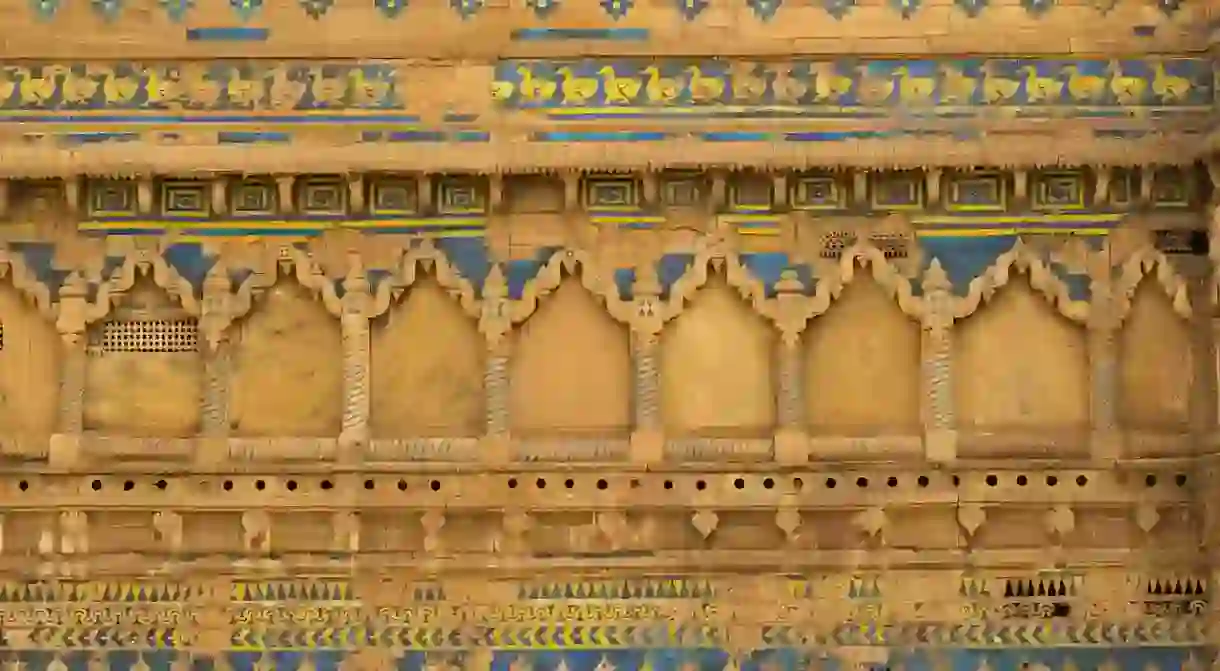11 Reasons Why You Should Visit Gwalior, India

Surrounded by lofty hills from all sides is the magnificent Fort City of India, Gwalior. Home to a number of palaces, temples and monuments, the city has a glorious history and a rich culture to offer. Breathtaking views, a brush with the good old days, local delights and a royal stay are a few of the things you don’t want to miss. Need some more motivation to pack your bags? Read our 11 reasons why visiting Gwalior is a must.
The most revered fort of India is here
It's a witness to the Rebellion of 1857
The city is deeply spiritual
Gwalior has many remains of Hindu religion in the form of great temples and shrines. There is the Saas-Bahu Temple (Sahastra Bahu Ka Mandir) dedicated to Lord Shiva and Lord Vishnu. Teli Ka Mandir, residing in the same complex, is known to be the highest building of Gwalior. The Sun Temple and Gopachal Parvat are also well-known places. A holy pilgrim centre, the Surajkund, is a large tank believed to have magical water.

It houses the Scindia legacy
The history of music resides here
The great Tansen Music Festival is hosted here
Cultures come together at the Gwalior Trade Fair
Known as one of India’s most colourful fairs, and the largest in Madhya Pradesh, the Gwalior Trade Fair is where you get to see the rich culture and heritage of central India. From the second week of January until February, this fair remains the centre of attention among people from far and wide. Musical nights and cultural evenings are an integral part of the fair. With a great number of swings, different colours and lights, the Gwalior Trade Fair is a must visit.

It’s the go-to place for traditional shopping
Gwalior specializes in traditional souvenirs from the state of Madhya Pradesh. There are various shops in the Patankar Bazaar and near Lashkar that offer a wide range of art and craft products. Wall hangings, handwoven carpets, lacquerware, dolls and jewellery are quite popular. Maheshwari and Chanderi sarees, leatherware and metalcraft are famous as well. Make sure to carry extra shopping bags because you’ll end up buying more than you might have planned!

The food is mouthwatering
Hotel
The city offers a luxurious stay
Want to experience royalty on your trip to Gwalior? Well, your wish can come true with hotels like the Gwalior Regency, Taj Usha Kiran Palace and Hotel Adityaz. Luxuriously decorated rooms, free WiFi, outdoor pools, spas, on-site restaurants, car rentals and currency exchange are some of the many services available. So, feel pampered to the core as you enjoy your stay here.
The city is a boon for adventure junkies
Love sports and fun activities? Gwalior has something just for you. Paddle your way across the Tighra Dam as you enjoy boating or just chill with family and friends. Take part in rock climbing and cycle on the western side of the Gwalior Fort, Urvai Gate. And to brush with wildlife, visit the Madhav National Park near Gwalior and enjoy valley crossing, trekking and rappelling.














